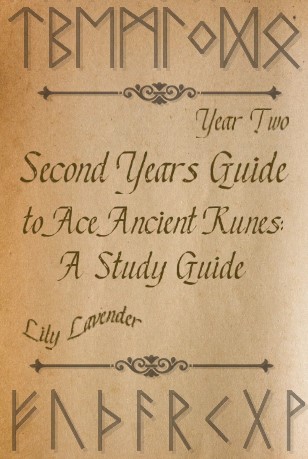Second Years Guide to Ace Ancient Runes: A Study Guide
By Lily Lavender
This book is intended for all who need a quick study reference guide for ANCR-201. It has a glossary of terms & its appropriate meanings for the entire course. Each chapter is based on a lesson; where it won't go into grave detail, but will give you the necessary components to study for upcoming tests & assignments. This does not include mid-term & final exams. All detailed information about each topic is in your official lessons with the Professor. DO NOT COPY AS IT IS PLAGIARISM!
Last Updated
Aug. 9, 2022
Chapters
10
Reads
2585
Lesson Three Study Guide
Chapter 4
Transcription
Not all runic scripts are magical, as they can also be mundane. In the first millennium CE, the Nordic Magi were the main transcribers as most folks could not read or write. A clear transcription should never be brushed aside for nouns, such as names & places. The two options of translating runes are:
Some runes indicate two or more symbols, which means these runes portray the sounds in the Latin Alphabet. Transcripting is the first thing you do to figure out the meaning behind the script. After doing so, you can start decoding the script by being aware of runes that are nouns & runes that are ideograms. In order to translate correctly, know about the language history & be familar of who could be writing the script. Literature from the Vikings can aid you in recognizing names & locations when translating runic scripts. Learn about the runic's culture, such as religion, music, lifestyle, & written scripts.



